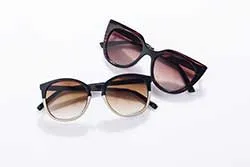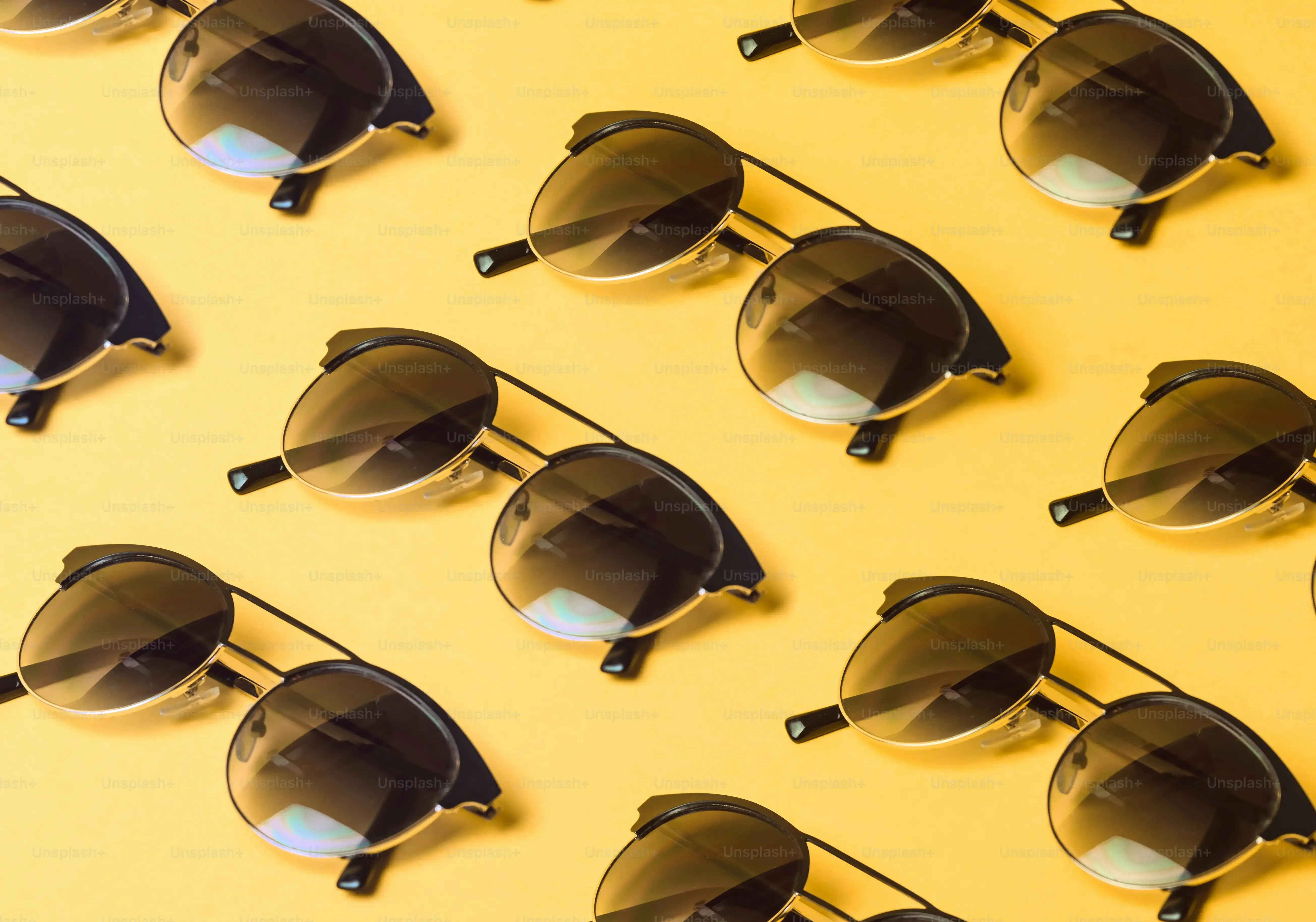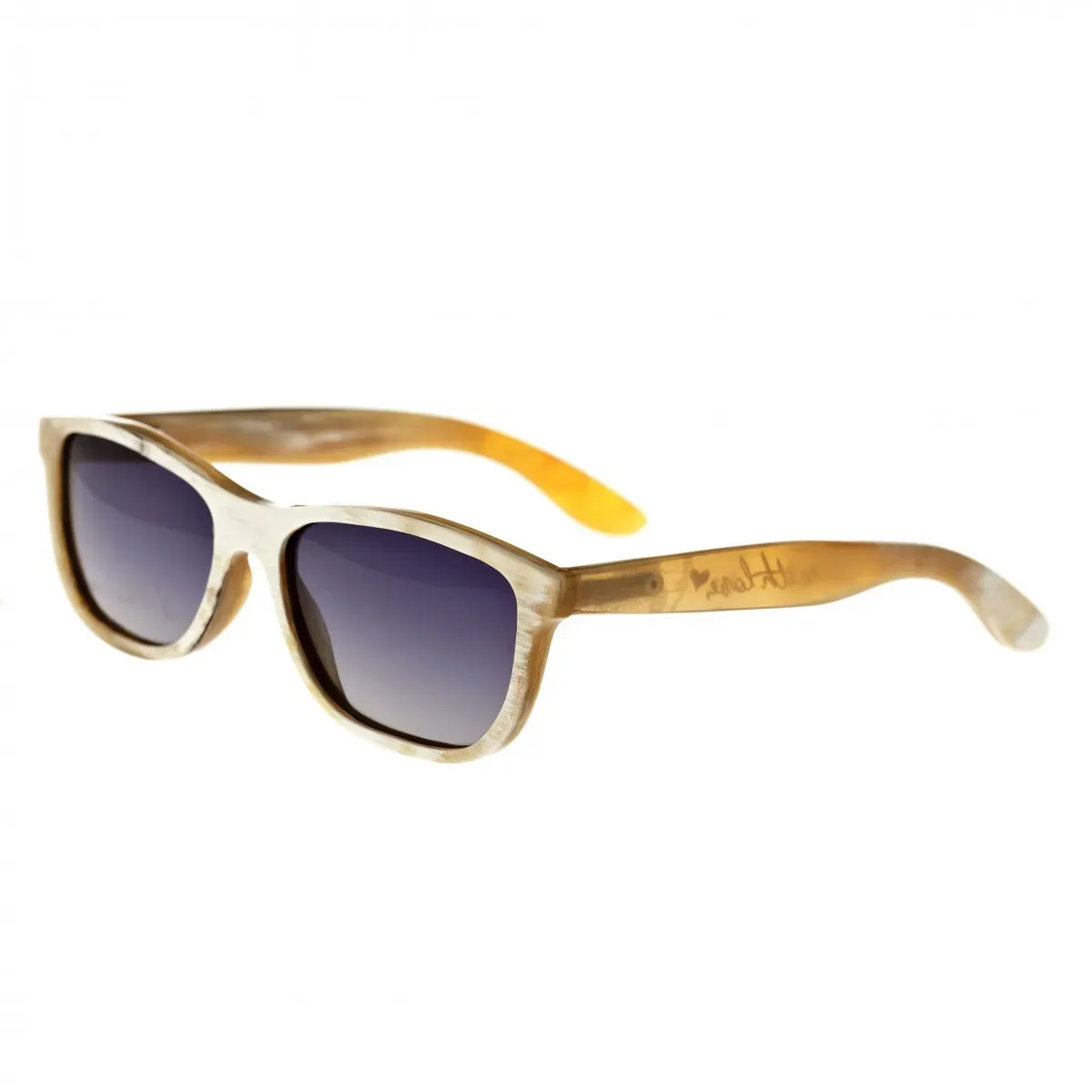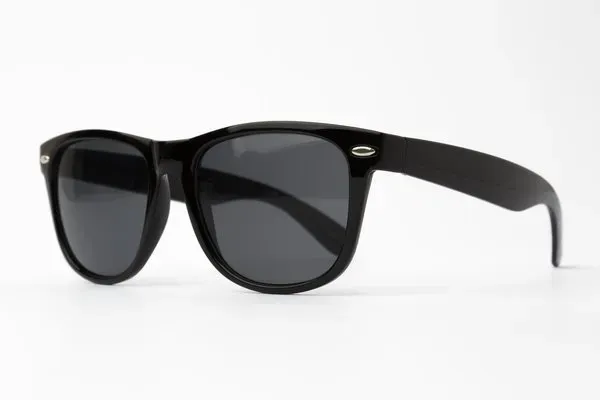Table of Contents
Planning a trip to a sunny, Spanish-speaking destination? Or maybe you just want to chat about your favorite shades with a Spanish-speaking friend? You'll quickly realize that asking for or talking about sunglasses isn't as simple as a single word translation. Just like in English, where you might say "shades," "specs," or "sunnies," Spanish has its own set of terms. Knowing the right way to say "sunglasses in Spanish" is more than just vocabulary; it's about connecting with the culture and avoiding awkward misunderstandings when you're trying to protect your eyes from the glare.
The Core Terms for Sunglasses in Spanish
The Core Terms for Sunglasses in Spanish
Gafas de Sol: The Standard Go-To
Alright, let's get straight to the most common one you'll hear when talking about sunglasses in Spanish: *gafas de sol*. Think of this as the default setting. You walk into almost any store, anywhere from Mexico City to Madrid, and if you ask for *gafas de sol*, people will know exactly what you mean. The word *gafas* generally means glasses, and *de sol* simply means "of sun." Put them together, and you get "glasses of sun." Simple, right? It’s the safest bet when you're unsure of regional slang.
It's a solid, reliable term. You can use it when you're packing for your beach vacation, describing your favorite pair, or asking a friend if they've seen yours. Nobody will look at you funny. It's the linguistic equivalent of a classic black frame – always appropriate, always understood. Mastering *gafas de sol* is your first step to confidently discussing sunglasses in Spanish.
Lentes de Sol and Anteojos de Sol: Other Key Players
Now, while *gafas de sol* is widespread, it’s not the only term in the toolkit. You'll frequently encounter *lentes de sol*, especially throughout many parts of Latin America. The word *lentes* also means lenses or glasses, so *lentes de sol* translates neatly to "lenses of sun" or "sun lenses." It’s just as valid and commonly used as *gafas de sol* in many places. Think of it as picking between "glasses" and "eyewear" in English – slightly different words, same basic concept.
Another term you might hear is *anteojos de sol*. *Anteojos* is another word for glasses, often sounding a bit more formal or perhaps a touch older-fashioned depending on the region. So, *anteojos de sol* means "glasses of sun" too. While perhaps less frequent than *gafas* or *lentes* in casual conversation today, it's still a core term, particularly in certain countries or among older generations. Recognizing these gives you a broader understanding of the landscape when discussing sunglasses in Spanish.
- Gafas de sol: Most common, widely understood.
- Lentes de sol: Very common in Latin America.
- Anteojos de sol: Also used, sometimes more formal or regional.
Regional Variations: How "Sunglasses" Changes Across SpanishSpeaking Countries
Regional Variations: How "Sunglasses" Changes Across SpanishSpeaking Countries
Mexico and Central America: Lentes and Gafas
Venture south of the border, and you'll definitely hear *lentes de sol* quite a bit, especially in Mexico and parts of Central America. While *gafas de sol* is still understood, *lentes* often feels more natural in everyday chat. Think of it like the difference between "sneakers" and "athletic shoes" – both are correct, but one might be the go-to in your neighborhood. If you're browsing for a new pair in Cancun or asking for yours back in Guatemala City, *lentes de sol* will serve you well. It’s the local flavor, the term that shows you’ve been around the block a time or two.
South America: A Mosaic of Terms
South America is where things get truly interesting, a linguistic kaleidoscope for sunglasses. While *lentes de sol* holds strong in places like Colombia and Venezuela, head further south to Argentina or Uruguay, and you might hear *anteojos de sol* more frequently. In Chile, *anteojos* is also common. Bolivia might lean towards *lentes* or *gafas*, depending on the specific area. It’s not just about country borders; sometimes, regional dialects within a single nation will favor one term over another. Trying to pin down one universal term across the entire continent is like trying to find a single style of sunglasses that suits everyone – impossible and frankly, a bit boring.
Region/Country | Common Term(s) |
|---|---|
Spain | Gafas de sol |
Mexico | Lentes de sol, Gafas de sol |
Colombia | Lentes de sol |
Argentina/Uruguay | Anteojos de sol, Lentes de sol |
Chile | Anteojos de sol, Lentes de sol |
Spain vs. The Americas: A Notable Divide
The most significant split in how you say sunglasses in Spanish often comes down to Spain versus Latin America. Spain overwhelmingly favors *gafas de sol*. It’s the standard, the term you’ll see in shops, hear on the street, and find in official contexts. Across the Atlantic, while *gafas de sol* is understood, the terms *lentes de sol* and *anteojos de sol* take prominence, with their usage varying by country and even region. Understanding this basic geographical divide is key. If you're browsing sunglasshub.org and see a description in Spanish, knowing these regional preferences helps you connect with the language used by speakers from different places. It’s a small detail, but it makes a big difference in sounding like you know what you're talking about.
Using "Sunglasses in Spanish" in Everyday Sentences
Using "Sunglasses in Spanish" in Everyday Sentences
Asking About Sunglasses: Where Are My Shades?
you know the words, but how do you actually use them? Let's start simple. What do you say when the sun is blinding you and you need your eyewear? You might ask, "¿Dónde están mis gafas de sol?" (Where are my sunglasses?). Or, if you're in a region that prefers the other terms, "¿Dónde están mis lentes de sol?" or "¿Dónde están mis anteojos de sol?" It's pretty straightforward. You can also ask someone else if they have theirs: "¿Tienes tus gafas de sol?" This is basic survival Spanish for anyone sensitive to bright light. Don't overthink it; just swap in the term most common for your location.
Suppose you left them at a cafe. You'd need to ask the waiter, "¿Encontraron unas gafas de sol aquí?" (Did you find some sunglasses here?). Specificity helps, but the core phrase remains simple. Just remember to use the plural form, as sunglasses are always treated as a pair, even if you only lost one lens (which, let's be honest, is a real talent). Using "sunglasses in Spanish" in these simple questions makes you sound less like a tourist fumbling through a phrasebook and more like someone who actually lives on Earth.
Describing Your Sunglasses: More Than Just Black
Talking about sunglasses isn't just about asking where they are. You might want to describe them. Are they cool? Big? Small? Black? Here’s where adjectives come in. "Son muy bonitas" (They are very pretty) or "Son demasiado grandes" (They are too big). You can add colors: "Son negras" (They are black), "Son rojas" (They are red). If you want to talk about the style, you might say "Son estilo aviador" (They are aviator style) or "Son redondas" (They are round).
Maybe you're showing off a new pair you got from sunglasshub.org. You could say, "¡Mira mis nuevas gafas de sol! Me encantan." (Look at my new sunglasses! I love them.) Or, if they're particularly striking, "Estas lentes de sol son increíbles, ¿verdad?" (These sunglasses are incredible, right?). Describing them adds flavor to the conversation. It moves you beyond just identifying the object to expressing an opinion or sharing your personal style. Don't be afraid to mix and match adjectives to paint a clearer picture of your prized possessions.
English Phrase | Spanish (Gafas) | Spanish (Lentes) | Spanish (Anteojos) |
|---|---|---|---|
Where are my sunglasses? | ¿Dónde están mis gafas de sol? | ¿Dónde están mis lentes de sol? | ¿Dónde están mis anteojos de sol? |
I need sunglasses. | Necesito gafas de sol. | Necesito lentes de sol. | Necesito anteojos de sol. |
These sunglasses are cool. | Estas gafas de sol son geniales. | Estos lentes de sol son geniales. | Estos anteojos de sol son geniales. |
I lost my sunglasses. | Perdí mis gafas de sol. | Perdí mis lentes de sol. | Perdí mis anteojos de sol. |
Buying Sunglasses: Navigating the Shop
When you're in a Spanish-speaking country and need a new pair, you'll definitely need to deploy your "sunglasses in Spanish" vocabulary. You can ask a shopkeeper, "¿Tienen gafas de sol?" (Do you have sunglasses?). If you're looking for a specific type, you might ask, "¿Tienen gafas de sol polarizadas?" (Do you have polarized sunglasses?). Or perhaps you want to know the price: "¿Cuánto cuestan estas gafas de sol?"
Trying them on? You can say, "¿Puedo probarme estas?" (Can I try these on?). And if you like them, "Me gustan estas gafas de sol" (I like these sunglasses). This is where knowing the regional term really pays off. Walking into a store in Buenos Aires and asking for *gafas de sol* might get you a polite correction or a slightly confused look, whereas asking for *anteojos de sol* fits right in. It’s about using the language effectively in a real-world scenario, getting the shades you need without unnecessary drama.
Beyond Translation: Choosing and Describing Sunglasses in Spanish
Beyond Translation: Choosing and Describing Sunglasses in Spanish
Picking Your Perfect Pair: Style and Purpose
Choosing the right pair of sunglasses is a personal quest, isn't it? It's not just about blocking the sun; it's about style, face shape, and what you plan to do while wearing them. When you're talking about this process in Spanish, you'll need words for different styles. Are you looking for "gafas de sol de aviador" (aviator sunglasses)? Maybe "gafas de sol redondas" (round sunglasses) are more your speed. If you're hitting the beach or the slopes, you might need "gafas de sol deportivas" (sports sunglasses) that stay put and offer better protection.
Think about the material too. Are the frames "de metal" (metal) or "de plástico" (plastic)? Knowing these basic descriptors lets you have a real conversation about what you're looking for. It moves you past the simple translation of "sunglasses in Spanish" to discussing the actual item you want to purchase or admire. It's the difference between pointing and saying "that" and articulating your preference like an adult.
Adding Detail: Color, Features, and Feel
Once you've got the style down, you need to describe the details. Color is easy: "negro" (black), "marrón" (brown), "azul" (blue), "verde" (green). But what about the lenses? Are they "polarizadas" (polarized)? This is a key feature for many, cutting down on glare. You might also hear about "lentes espejados" (mirrored lenses) or "lentes degradados" (gradient lenses). These details aren't just technical jargon; they significantly impact how the sunglasses look and perform.
You can also talk about how they feel. Are they "cómodas" (comfortable)? Do they fit "bien" (well)? Describing your sunglasses goes beyond just their appearance. It's about the experience of wearing them. If someone asks you about your new shades, you don't just say "Son gafas de sol." You say, "Son mis nuevas gafas de sol polarizadas, ¡muy cómodas y perfectas para conducir!" (They are my new polarized sunglasses, very comfortable and perfect for driving!). See the difference? It adds life and specificity.
What's the most important feature you look for in sunglasses?
Mastering "Sunglasses in Spanish" for Your Next Trip
Mastering "Sunglasses in Spanish" for Your Next Trip
Putting Your Knowledge to Use Abroad
Alright, you've armed yourself with the variations for sunglasses in Spanish. Now, how do you put this knowledge into practice when you're actually on the ground? The best approach for Mastering "Sunglasses in Spanish" for your next trip is simple: listen. Pay attention to how people around you refer to their eyewear. If everyone in the market is saying *lentes de sol*, use *lentes de sol*. If the person selling you a pair at the beach kiosk says *gafas*, go with *gafas*. Locals are your best dictionary. Don't be afraid to try out the different terms you've learned; most people will appreciate the effort, even if you don't nail the regional term on the first try. It's about communication, not perfection.
Ready to test your knowledge on your next sunny adventure?
Mastering Your Spanish Sunglasses Vocabulary
So there you have it. Talking about sunglasses in Spanish isn't a one-size-fits-all situation. Whether you use *gafas de sol*, *lentes de sol*, or *anteojos de sol* often depends on where you are and who you're talking to. While *gafas de sol* is widely understood, being aware of the regional terms shows a bit more savvy. Knowing these variations means you can navigate conversations, shopping trips, or just casual chats about eyewear more smoothly. It's a small detail, perhaps, but mastering these nuances makes a difference in connecting with others and feeling more comfortable in the language.
